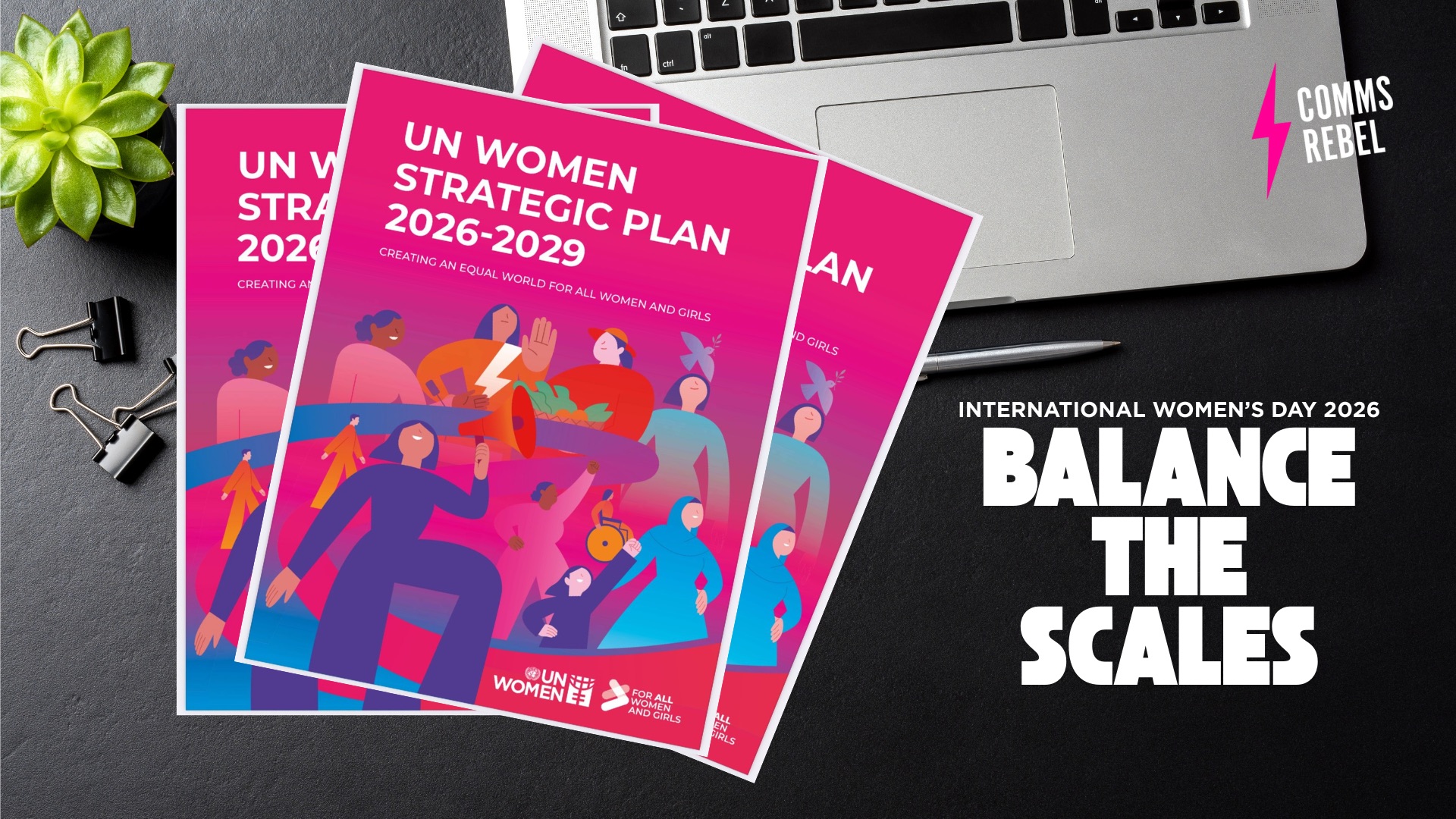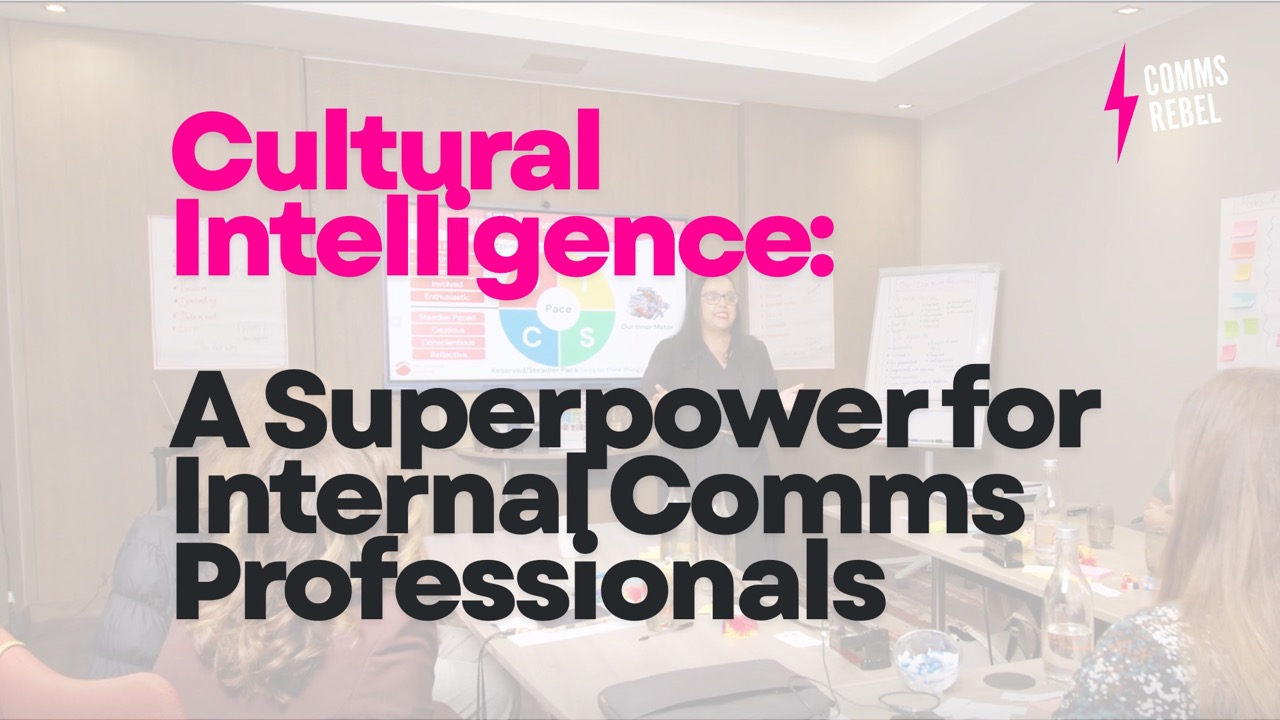My timeline on twitter was full of rage over the new government slogan and Boris’ lack of clarity on the next stage. There are already quite a few blogs about this (Rachel Miller, Darren Caveney, Adam Driver, Andrew Hesselden), so I’m not going to write about that topic. Instead I wanted to focus on some practical advice to help those internal communicators who are struggling to know where to start with post-isolation planning and the information they heard yesterday. Especially those who are struggling to know where to start.
My advice before you commence the steps below is to try and keep in mind these three questions (in the style of Barrack Obama):
- Is what we are asking going to cause harm to our employees?
- Is what we are asking going to cause harm to our business?
- Is what we are asking going to cause harm to our customers?
If the answer is yes to any of these then the approach is going to have to be re-considered.
Step one – do your own homework and research.
I know, how much can you possibly read on this blooming virus? But you must understand what this means specifically for your industry. Don’t rely on social media or what other people are saying. Check your sources properly, mistakes can be made but being lazy or not doing your research properly is inexcusable. You also need to remove your own bias from the situation, otherwise it will cloud your decision making.
Try not to rush the decisions, avoid distraction and misinformation. Read the Government guidelines, check out your industry body (if you have one), see what people are saying in the trade magazines etc. Keeping well informed will not only boost your confidence but it’ll help drive more meaningful conversations in your organisation and hopefully stop any knee jerk reactions.
Step two – make sure your voice is heard
If you’re the lead for comms in your organisation, then you should be involved in meetings where discussions about the future of the business is taking place. Being part of this conversation is essential if messages have to be communicated quickly with confidence and clarity. If there’s a concern about confidentiality, then offer to sign a non-disclosure agreement. Explain why you need to be in the conversation, and the value you will be able to add. Hopefully, for many, this shouldn’t even be a discussion considering the past couple of months. If it is, then you’ll need to hold some courageous conversations.
Step three – build your Back To The Workplace Team
For you to communicate effectively across the organisation, you’re going have to work very closely with some core teams. With the level of changes that will be taking place, you will need the subject matter experts by your side, and it shouldn’t be based on hierarchy. Mix it up so you have a diverse range of voices and you have an accurate representation of your workforce. This team will get the information to you quickly and hopefully pre-warm you of anything you need to be aware of.
Step four – stakeholder segmentation
Now is your opportunity to segment your internal stakeholders and undertake a stakeholder analysis. Also think about it like a customer journey. Understand how your colleagues are now working, how do they get to work? what are their greatest worries? where do they get their information from?who do they trust? etc. This activity will help you form a clear picture of not only how you need to communicate but also the ‘why?’..
Step five – Let your colleagues have a voice
This is a scary time for many and it’s highly likely your colleagues are going to be worried about various things. Keep the two-way communication open and make sure colleagues have a trusted space to ask questions (otherwise, they will share on an external platform or create their own version of the truth). The worse thing you can do is go silent, even if you don’t have the answer, just say “We don’t know, but we will come back to you!”
Finally, there is quite a bit of negativity at the moment and there’s no doubt there’s going to be a divide on how things should be approached. But it’s times like this you need to remember your mental health and wellbeing. So try to focus on the things you can control, lead with empathy, take regular breaks from social media, and make sure you speak to someone if you’re struggling (my DMs are always open). Otherwise, you’ll burn yourself out.
If you want to know more about how to nail your communications during post-isolation, check out my brand-new Reset, Refocus and Revive workbook here.
On Thursday 14 May at 1.00pm, CIPR inside are hosting a free Q&A session for senior Internal Communicators and 21 May for exec/officer level at 6.00pm. You can book your place here.


